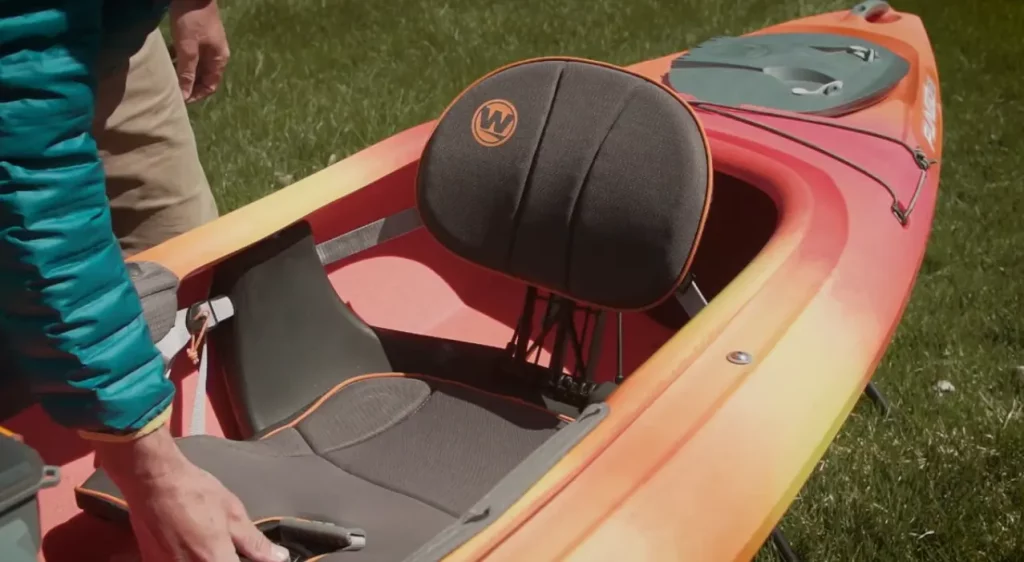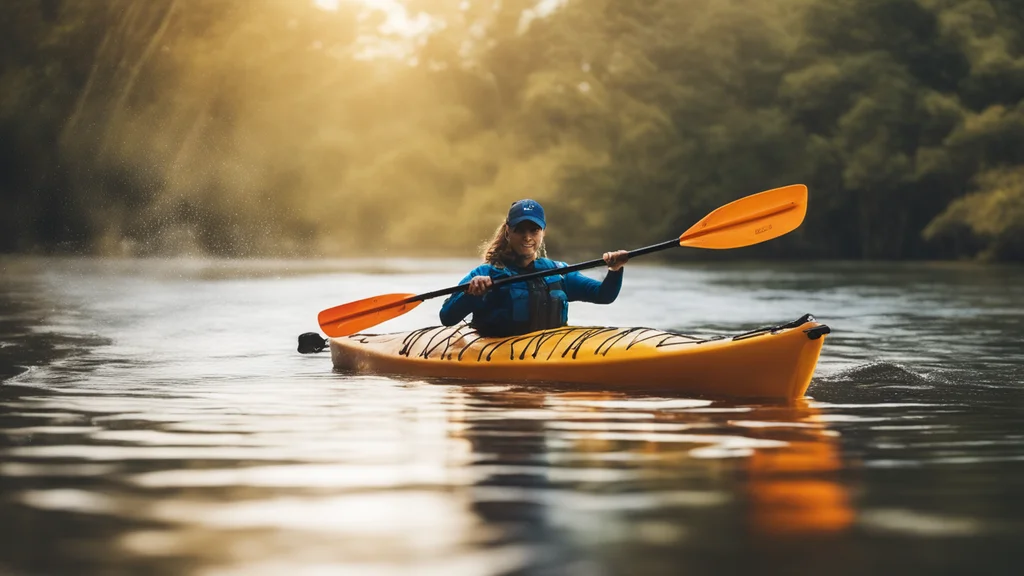Kayaking is a popular recreational activity that allows people to connect with nature, engage in physical exercise, and find solitude or camaraderie on the water. However, one obstacle often stands in the way of would-be kayakers: the cost. A high-quality kayak can set you back hundreds or even thousands of dollars. This leaves many puzzled and wondering, “Why are kayaks so expensive?”
In this article, we’ll explore the different factors that contribute to the high cost of kayaks, from the materials used to the engineering expertise required. We’ll also look at the economy of scale, brand reputation, and various other aspects that influence the price tag you see in stores or online.
Materials: The Building Blocks of Quality

High-End Plastics and Composites
One of the primary factors contributing to the cost of a kayak is the material from which it is made. Cheap kayaks are typically constructed from low-quality plastics, which may not offer optimal performance or durability. In contrast, higher-end kayaks are often made from advanced composite materials like carbon fiber or Kevlar. These materials are not only lighter but also more durable, translating to better performance on the water. However, they come with a significantly higher cost of production.
Material Quality vs. Performance
High-quality materials not only last longer but also perform better in various kayaking conditions. They offer better buoyancy, maneuverability, and stability. Experienced kayakers can easily notice the difference in performance and are usually willing to invest in kayaks made from premium materials.
Read More: 3 Kayaks in Truck Bed? What You Need to Know
Engineering and Design: More Than Meets the Eye
Hydrodynamic Engineering
Kayaks may seem like simple, straightforward vessels, but the engineering behind their design is quite complex. Considerable expertise in hydrodynamics is necessary to create a kayak that performs well in different water conditions. These engineering costs get factored into the overall price of a kayak.
Customization and Special Features
Higher-end kayaks often come with various customization options and special features, such as adjustable seats, storage compartments, and specialized hull designs for different types of water. These features require additional engineering and materials, which drive up the cost.
Economy of Scale: Niche Market, Higher Prices
Kayaking is a popular activity, but it is not as widespread as some other sports like running or cycling. The relatively limited demand for kayaks means that manufacturers don’t benefit from the economies of scale to the same extent as companies that produce more universally demanded products. Smaller production runs result in higher per-unit costs, which are then passed on to the consumer.
Brand Reputation and Warranty: You Get What You Pay For
Brand Equity
Top brands in the kayaking industry have built strong reputations for quality, performance, and durability. This brand equity allows them to command higher prices for their products. Consumers often perceive branded kayaks as more reliable and are willing to pay a premium for that peace of mind.
Warranty and Customer Service
High-quality kayaks often come with extensive warranties and excellent customer service. This adds value to the product but also increases the price. Brands that stand behind their products are generally more expensive but offer long-term benefits like repair or replacement services.
Optional Accessories: The Extras Add Up
Many kayakers choose to accessorize their kayaks with items like paddle holders, GPS systems, and fishing gear mounts. While these are optional, they add to the overall kayaking experience. However, top-of-the-line accessories can quickly increase the overall investment required for kayaking, making the sport seem even more expensive.
Conclusion: A Balanced Perspective on Kayak Pricing
The high cost of kayaks can be attributed to a combination of factors including material quality, engineering expertise, limited economies of scale, brand reputation, and optional accessories. While it may be tempting to opt for a cheaper kayak, it’s essential to consider the long-term value and performance you’ll get out of a higher-end model.
For those hesitant to make such a large investment, there are alternatives like renting a kayak or buying a second-hand one to start. As your passion for kayaking grows, you might find that investing in a high-quality kayak is worth every penny, offering not just a mode of transport but a durable companion in your aquatic adventures.
Read more about kayaks:
- What to Wear for Kayaking in Summer
- How to Store a Kayak in the Garage
- What is a Skeg on a Kayak
- What is a Tandem Kayak
- How to Build a Homemade Kayak Launch
- How to Get in a Kayak
- What to Wear for Kayaking?
- How to Transport a Kayak Without a Roof Rack?
- How to Build a Kayak Rack for an RV?
- Are Inflatable Kayaks Safe?
- How to Build a Rack for Kayaks?
- Do Kayaks Have a Weight Limit?
- Wilderness Systems Pungo 120 Kayak Review
- Is it hard to kayak?
- How to Lock a Kayak?
- Where to Kayak with Manatees?
- Pungo 120 vs 125: Which is the Better Choice?
- Tips to Prevent a Kayaking Flip Over and Stay Safe
- What is a Good CFS for Kayaking?

Hi, I’m Steve, the passionate kayaking enthusiast behind Outdoor Bravo. As an avid adventurer and nature lover, kayaking has been a central part of my life for as long as I can remember. My love affair with the water began during my childhood, and it has only grown stronger over the years. From serene lakes to rushing rivers and even challenging ocean tides, I’ve navigated various water bodies, seeking new thrills and unforgettable experiences.
